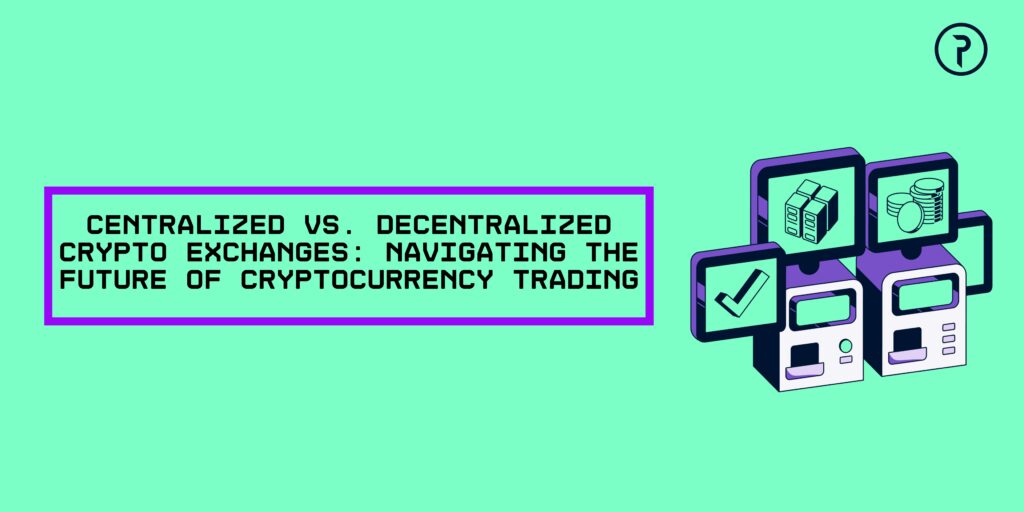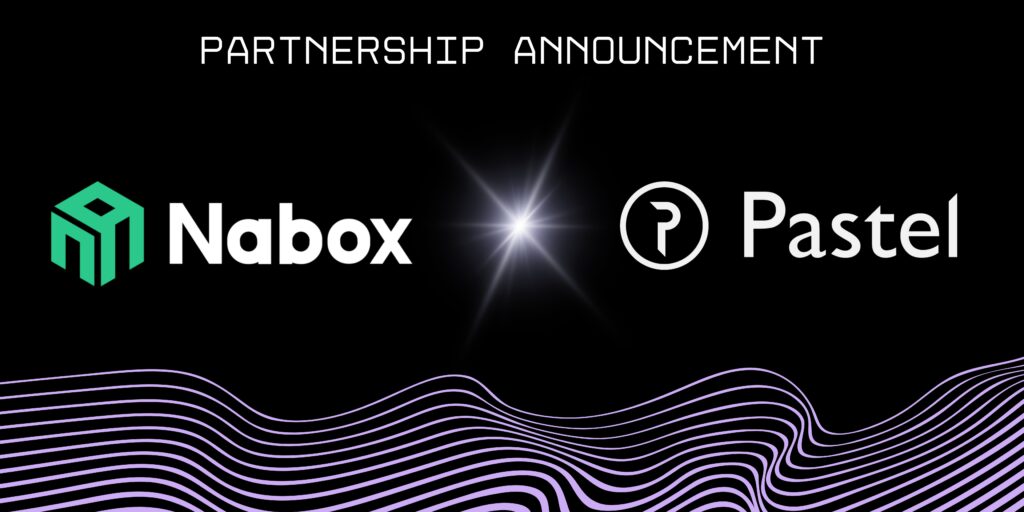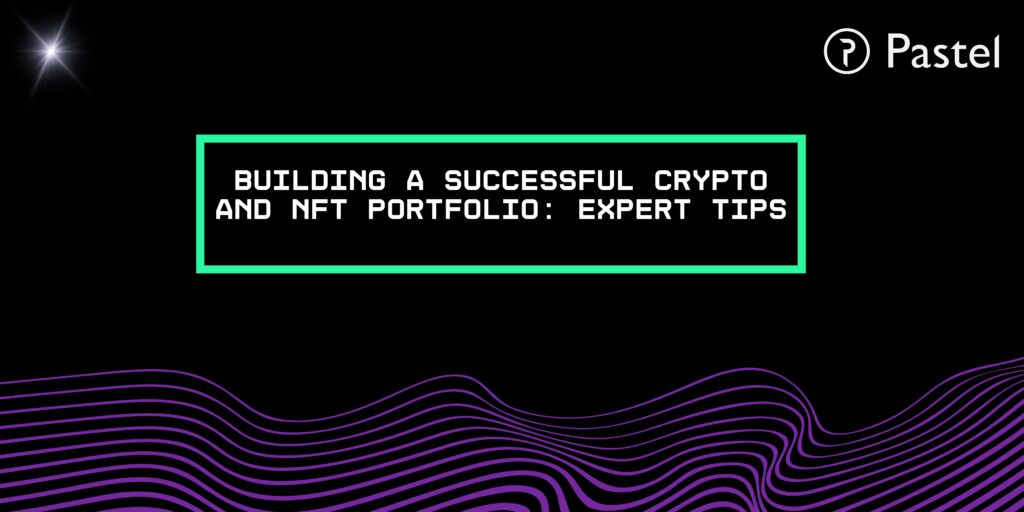Centralized vs. Decentralized Crypto Exchanges: Navigating the Future of Cryptocurrency Trading
The rapid growth of the cryptocurrency market has brought about an evolution in the way we buy, sell, and trade digital assets. Centralized exchanges (CEXs) and decentralized exchanges (DEXs) have emerged as two distinct paradigms, each with its own set of advantages and disadvantages. In this article, we will explore the fundamental differences between centralized …




